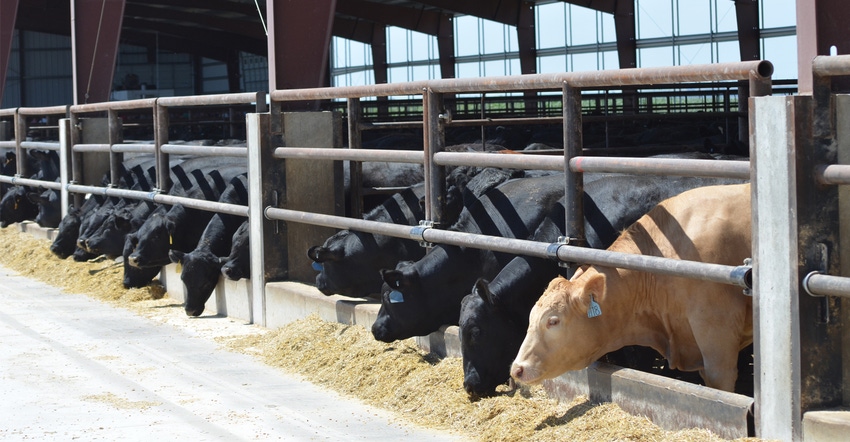Cattle tech, innovations solve feedlot problems
LEAD Comment: New technology that improves feed, health and labor efficiencies also creates opportunity in the feedlot industry.
November 7, 2022

Feedlot cattle production, like nearly all industries, is facing the challenge of how to maintain or increase production and production efficiencies in the face of the pressures brought on by the large-scale labor shortage across the country. The development of new technologies in cattle production has been continuous throughout the evolution of the industry. A new wave of technologies related to animal husbandry, feeding and feedstuffs looks to improve the day-to-day efficiencies challenged by a smaller workforce.
Living in Gothenburg, Neb., with my wife, Kelly, son Clay and our daughters, Brett and Quinn, I am a bovine veterinarian, and partner and research division director in Production Animal Consultation, where we provide consulting veterinary services to beef cattle feedlot clients.
New tech
Technologies to make better treatment decisions and to improve timing of disease detection are gaining interest. These technologies include Merck Animal Health’s SenseHub Feedlot, a cattle tag that uses cattle movement and inner-ear temperature to help detect disease early in feedlot cattle and provides a list of cattle for caregivers to pull from the pen for diagnosis at the hospital.
Another innovation is the Whisper stethoscope, also owned by Merck Animal Health. The Whisper stethoscope records an eight-second lung sound and analyzes it to determine a lung score, which can be used to build the case definition for the individual animal to help veterinarians and caregivers make better treatment and intervention decisions for that animal.
Cattle feeding technologies also continue to develop. Automated batching and robot feeding systems developed in dairies are now being expanded into feedlot systems. Although not widely implemented, such tools as automated feed bunk readers can scan bunks using cameras mounted on vehicles to measure the amount of feed left in the bunk to make fast and accurate calls to adjust for subsequent feedings.
All these technologies are improving efficiency and helping producers make better decisions. However, the need for expertise in our animal caregivers is greater than ever. To maximize the value of these technologies, investing in the education and training of the personnel responsible for using them is more important than ever. Caregivers who can provide excellent animal husbandry and cattle handling practices, accomplish the tasks that technologies can’t replace, and use these new technologies will be invaluable.
Although the industry is working on supplementing labor needs with these technologies, the opportunity within the industry for participants to create value for themselves as skilled labor is as great as it has ever been. I continue to be excited about the opportunity present in agriculture and in the cattle feeding business, as the value on leadership and education across agriculture continues to grow.
Terrell is a graduate of LEAD 36.
You May Also Like



